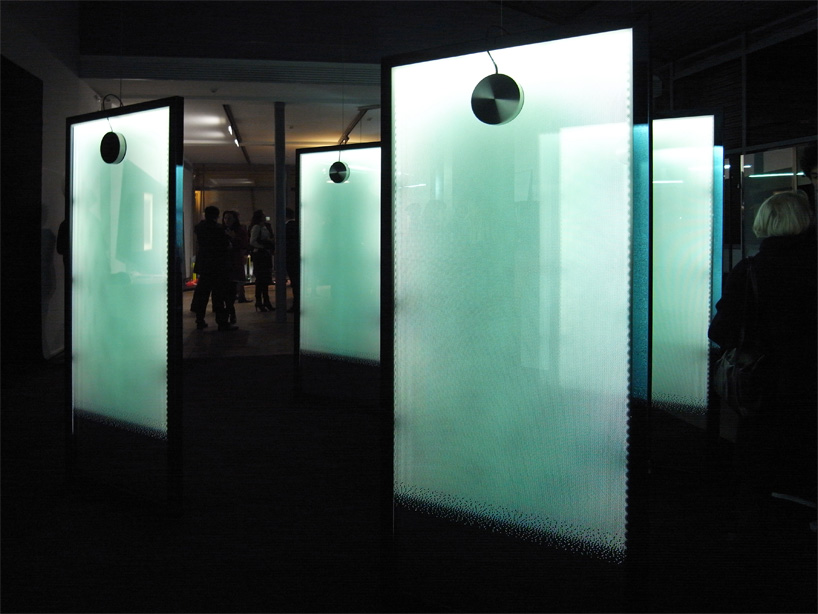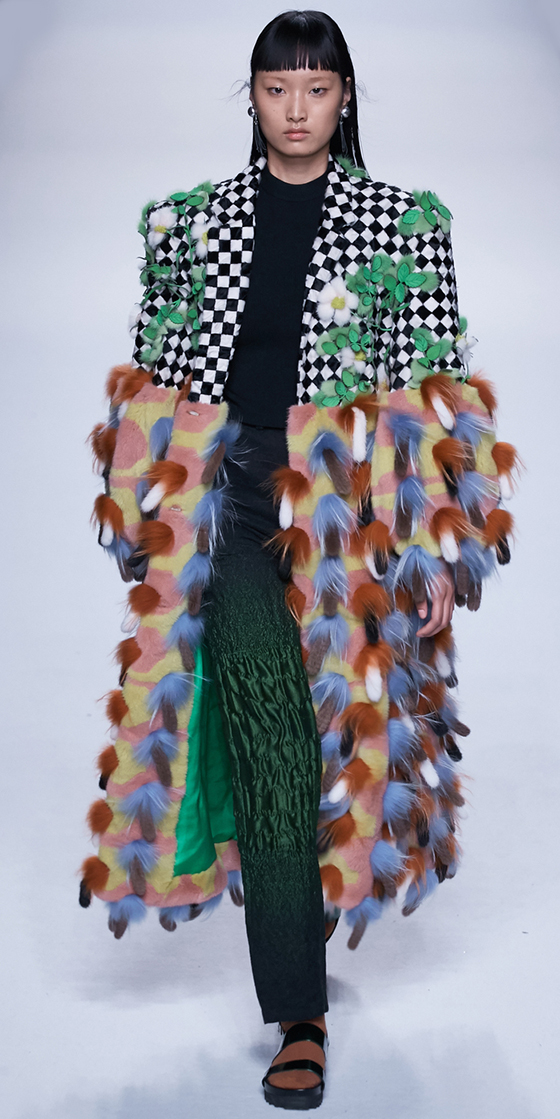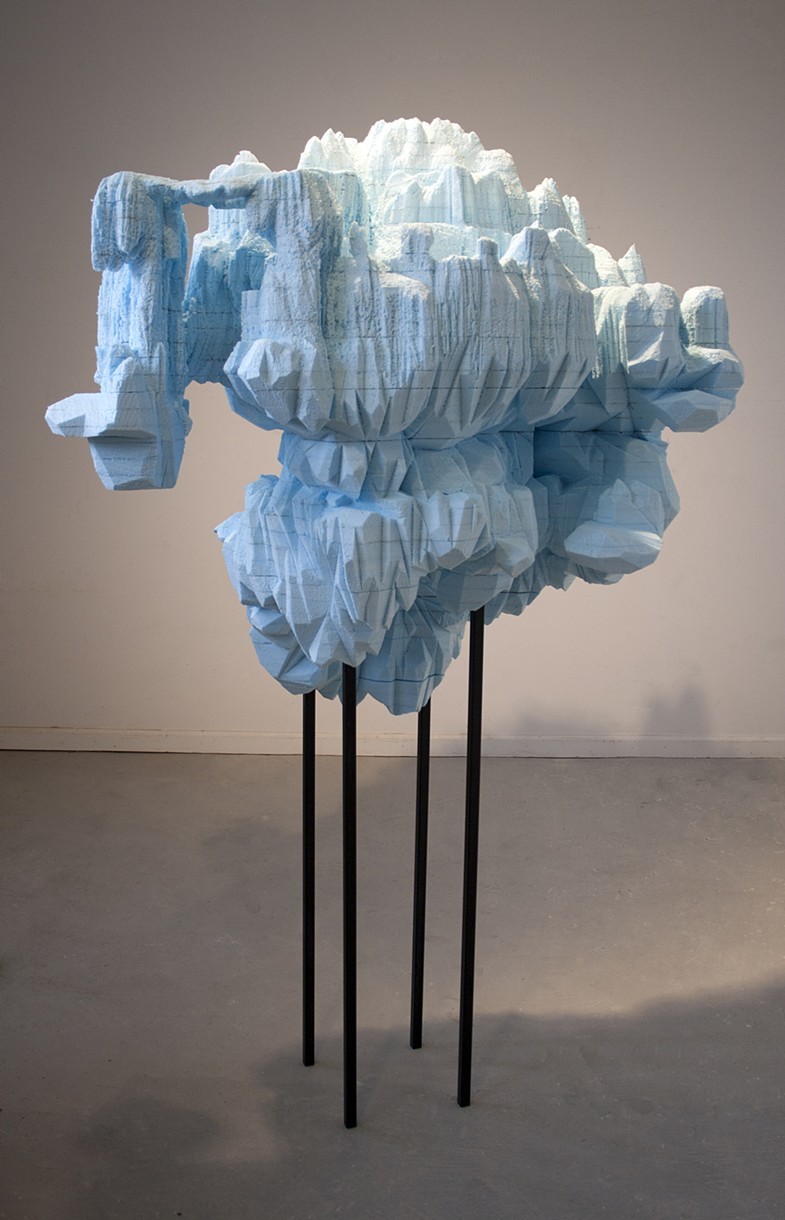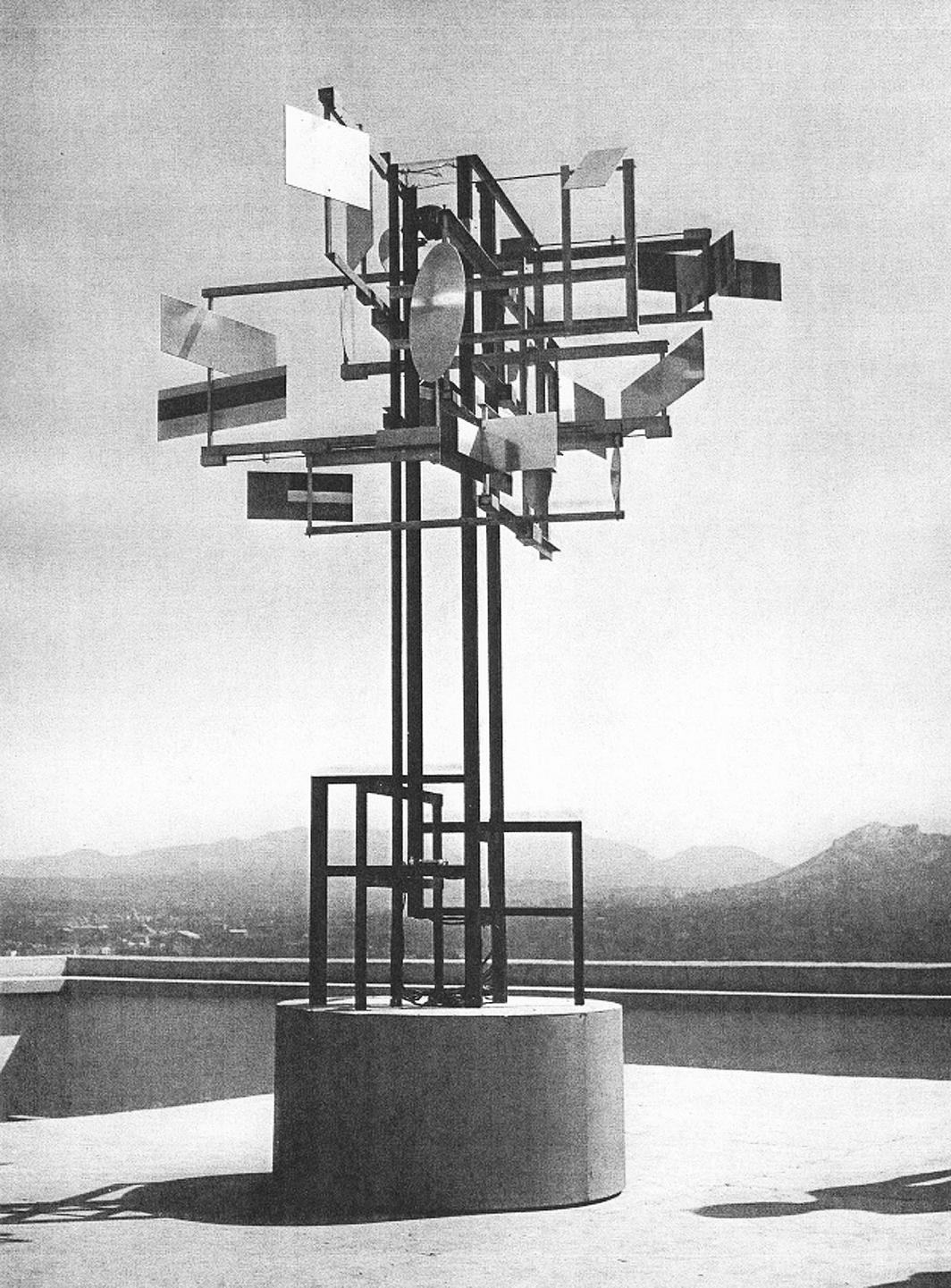
robert seidel
Vitreous
The nine virtual sculptures underlying vitreous resulted from experimental setups by Robert Seidel for generating three-dimensional clusters of fibrous refractions, as well as the gravitational lensing of different volumetric and chromatic densities. Singular elements gravitate towards each other, accumulating in a gigantic sculptural system, where each entity exists with its own visual axis and vanishing point. The impalpable luminous formations create prismatic interactions between the ridges and plateaux of the main colours floating in front of the infinite violet background.









